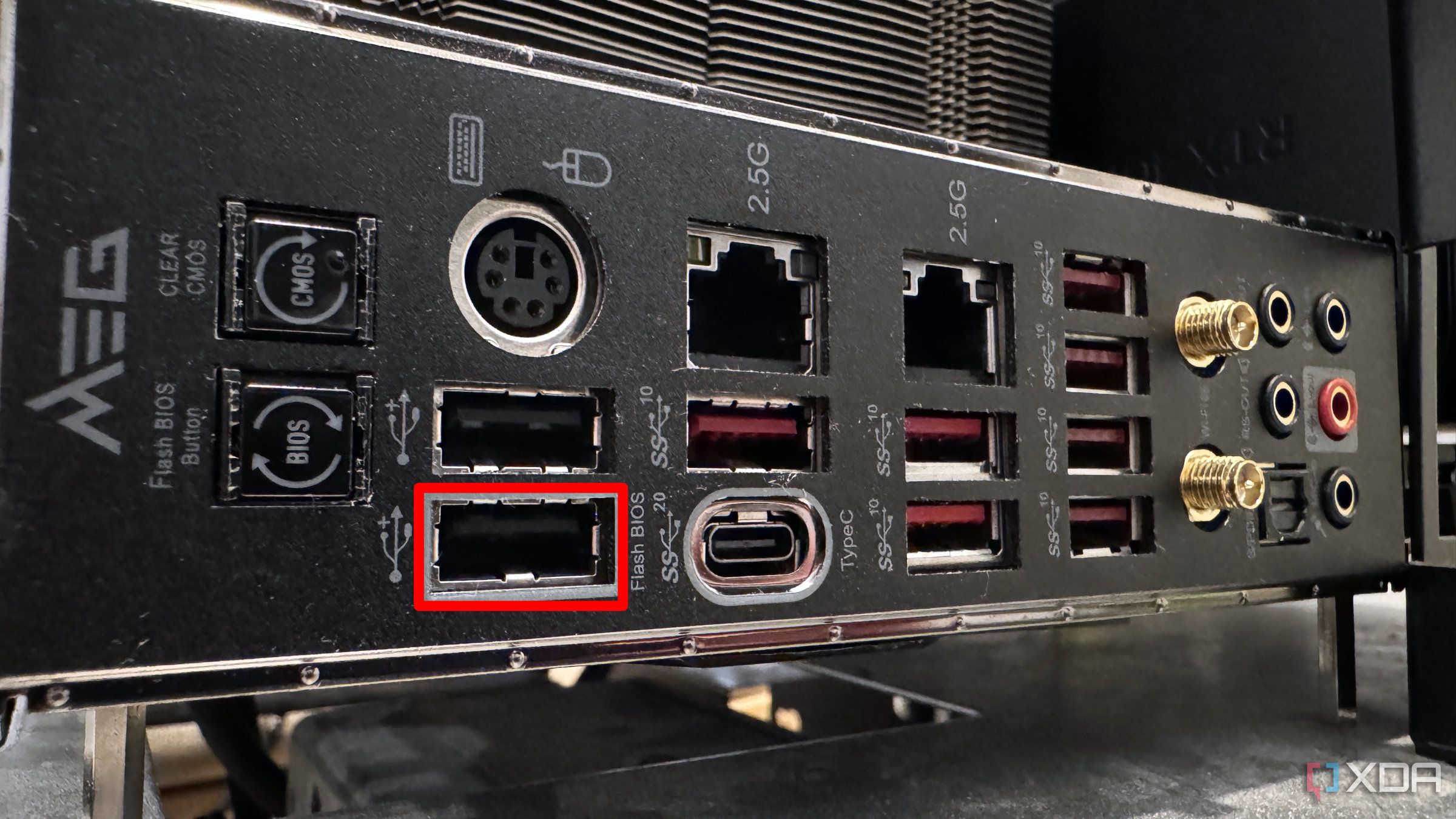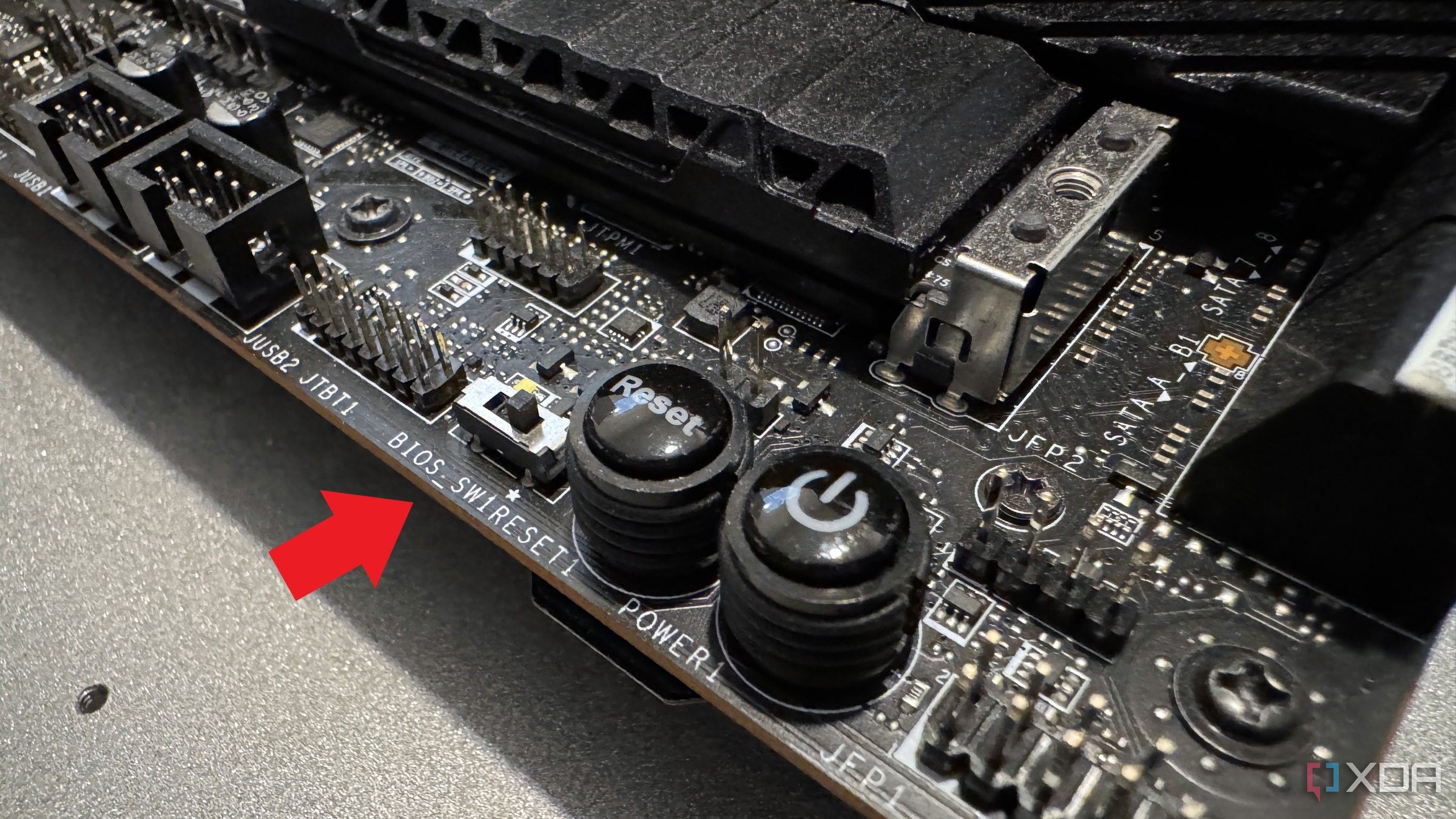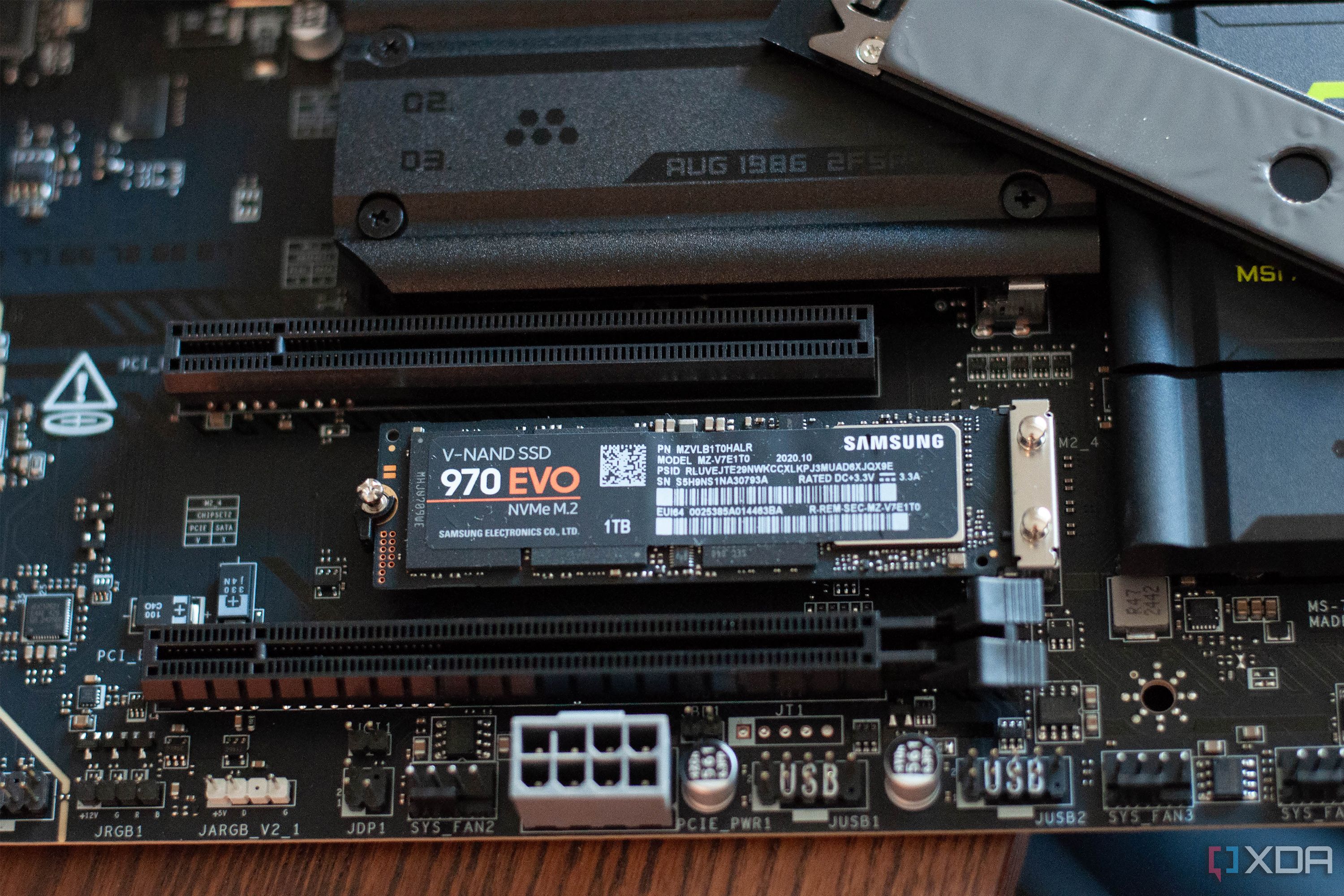The motherboard doesn’t contribute directly to your PC’s performance, except by providing the necessary slots and ports and decent power delivery. Spending more on high-end motherboards, therefore, is pointless for the majority of gamers. This is what I believed for a long time, and as a result, always bought an affordable motherboard that lacked niceties like quick-release slots, SSD heatsinks, and more.
It turns out, however, that in my quest to save money and buy the least motherboard possible, I missed out on a variety of modern features that were already commonplace long before I eventually used them. Many of you would have used some or all of these on your motherboard years ago, but I ignored them for almost two decades of my PC building journey.

Related
10 reasons skimping on your motherboard is a false economy
It’s always tempting to save money by skipping the flagship motherboards but you might be losing out on features by doing so.
5
Debug displays and LEDs
I thought I’d never need them
I built my first PC in 2007 after using a Pentium 3 pre-built for 7 years. Since then, I have solved countless problems related to misconfigured BIOS settings, corrupted installation files, Windows boot failures, faulty hard drives, and overheating CPUs. I prided myself on fixing these issues without too much help from the internet, and considered features like debug LEDs and displays unnecessary at best.
As I became busier in life and had fewer hours to kill messing around with the hardware and firmware of my PCs, I realized that I would have welcomed a bit of help from the motherboard itself. Debug LEDs and displays were available on many mid-range motherboards around the time I was building my Ryzen 5 1600 PC in 2017. Out of habit, I still went with a budget Asus B350 motherboard, which I regretted later.
I was working a full-time job now, and diagnosing PC issues felt like a nuisance rather than a challenge. Having a few lights or numbers indicating the source of the issues would have made my life a tiny bit easier, had I just spent slightly more on the motherboard.
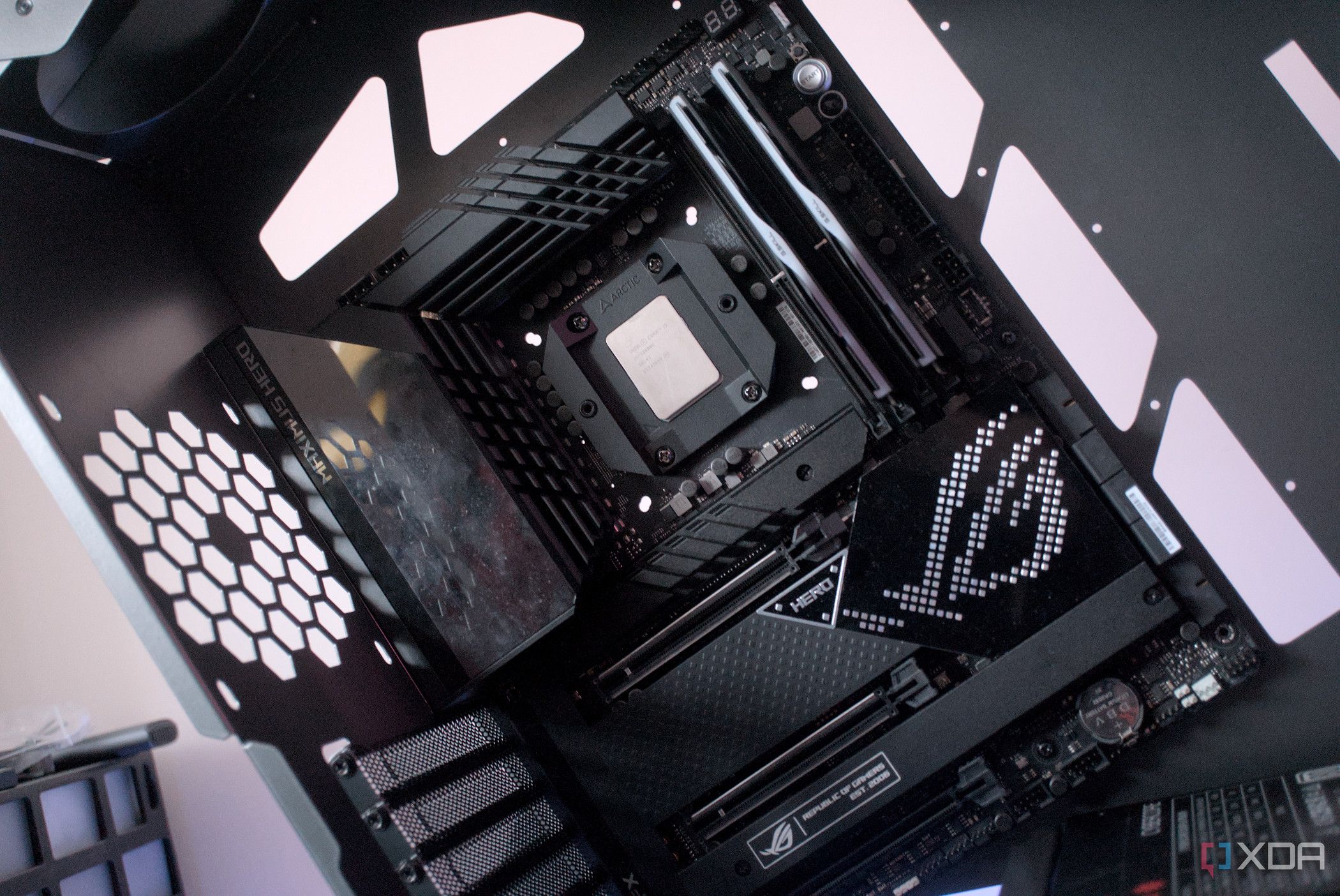
Related
6 features that should be on every motherboard, but aren’t
Why aren’t these things on every motherboard?
4
BIOS flashback
Never had it before 2022
BIOS flashback was common on motherboards in the mid-2010s, but as I said, I considered it one of those unnecessary features, since I was used to updating the BIOS the conventional way. So, I never considered it a must-have on any of my PCs, and even though my current PC has the feature from 2022, I only used it for the first time last year.
Prior to that, I was still updating the BIOS using the earlier method of entering the BIOS and using the flashing utility. If I weren’t set in my ways, I would have realized the convenience of using the Q-Flash feature on my Gigabyte motherboard sooner. My previous B350 motherboard didn’t even have BIOS flashback, and I was simply used to functioning without it. I never upgraded my Ryzen 5 1600 to any other AM4 CPU, but if I wanted to, a motherboard with BIOS flashback would have saved me tons of time.
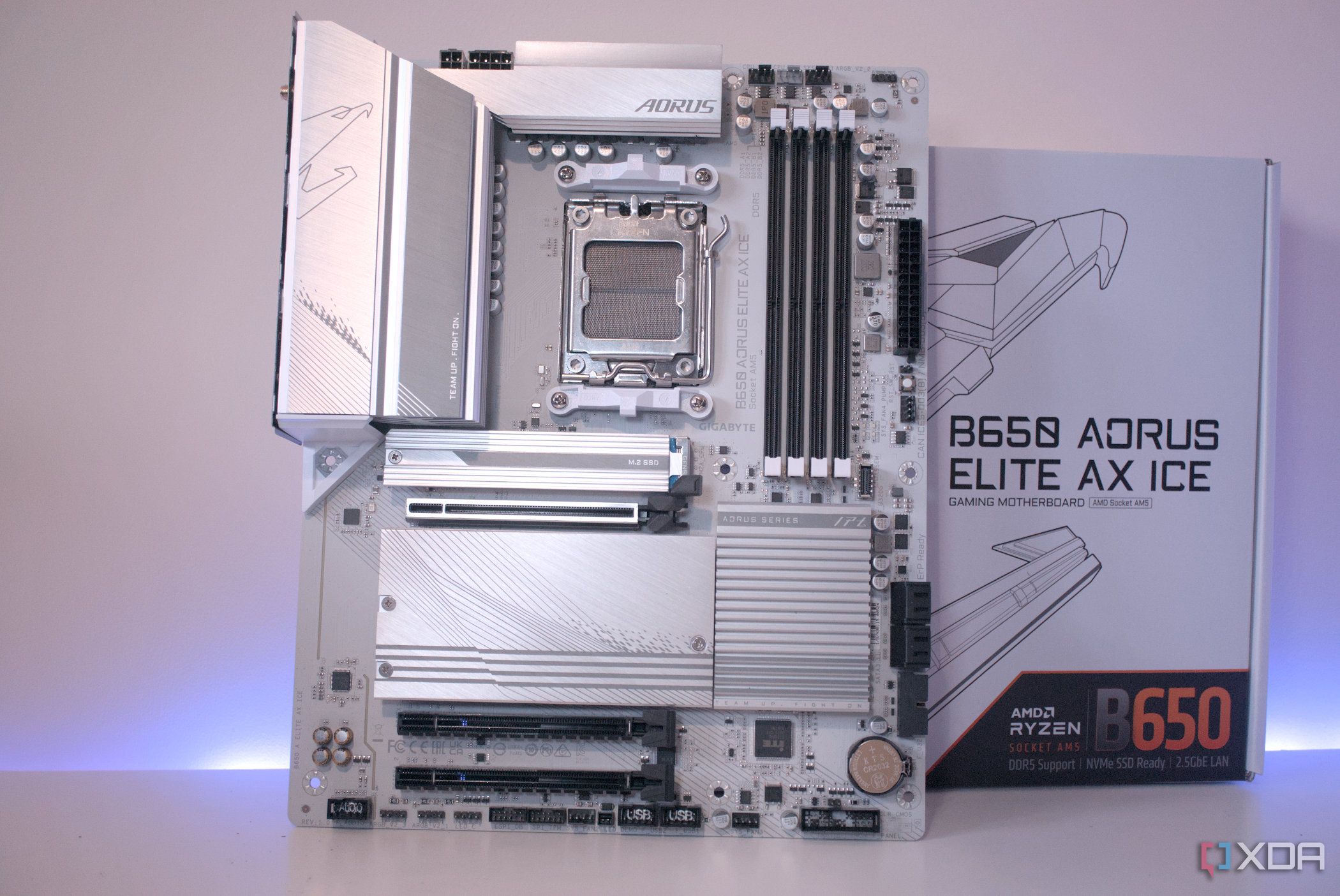
Related
The only 8 features to care about on a new motherboard
Everything else will probably be there on a new motherboard
3
Power and Reset buttons
Optional but highly convenient
Forcefully shutting down the PC is something you surely would have done a few times in the past. On my older PCs, when the system used to freeze on me, I used the power supply switch to cut power and restart the PC. At times, even the power button on the case didn’t seem to do anything, forcing me to resort to the PSU button. These were the times when the power and reset buttons would have come in handy.
While you can jump the respective motherboard headers for the power and reset functions, using dedicated buttons is far easier, and they don’t add too much to the motherboard’s cost anyway. Despite that, manufacturers still end up skipping these features on many motherboards. I haven’t had to use these functions on my existing PC, but I wish I had bought a motherboard with power and reset buttons on my older machine.
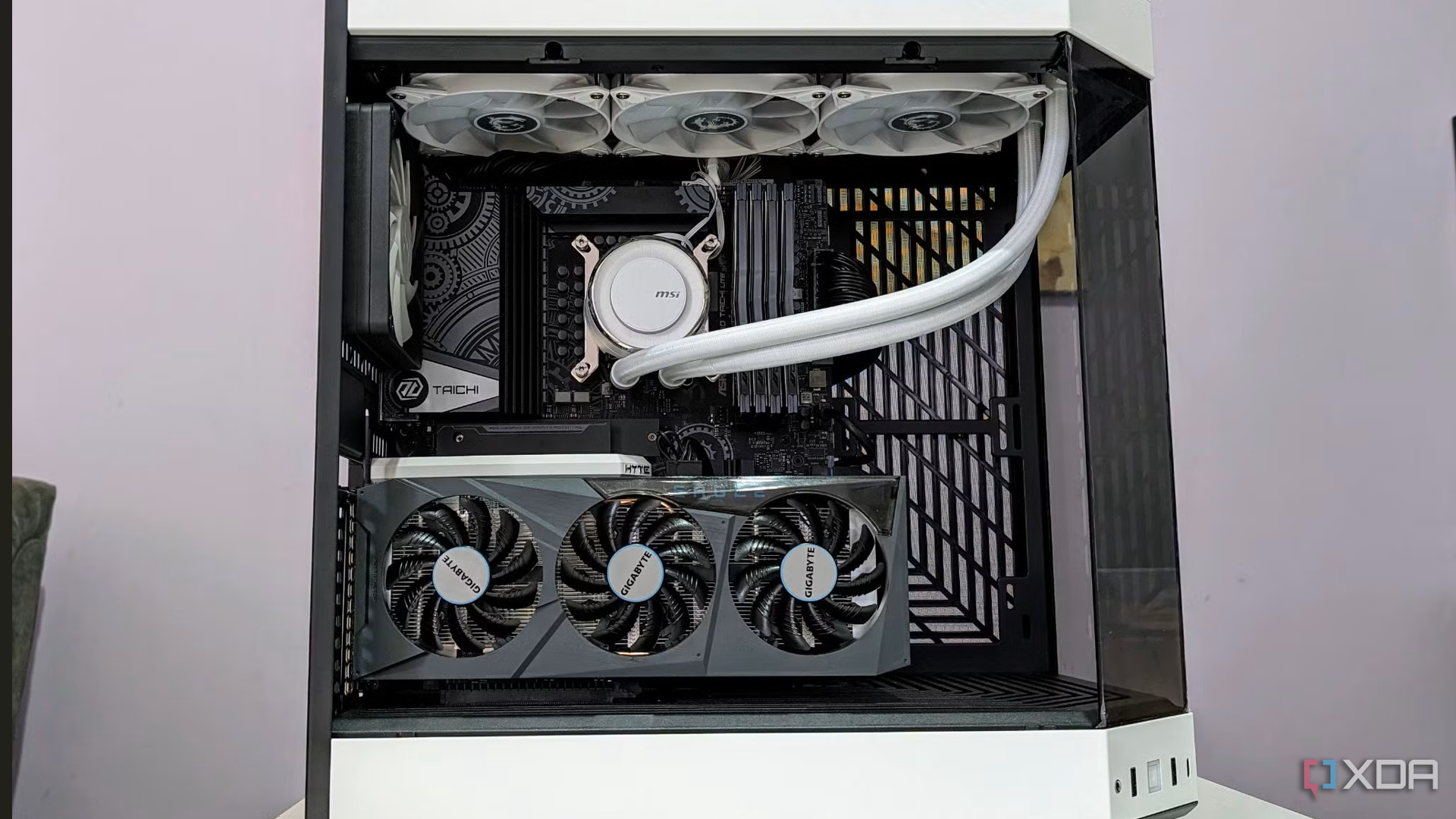
Related
6 scenarios where it makes sense to spend big on your motherboard
In certain situations, you’ll want the extra bells and whistles that a high-end board has to offer
2
Onboard Wi-Fi
My Ethernet bias blindsided me
Similar to some other features on this list, I had never used Wi-Fi on my PC until quite recently. I always managed to get an Ethernet cable routed to the PC to ensure fast and stable connectivity. When we moved houses after I got my current PC, I got an Ethernet cable routed through the walls to my new room, without even considering the fact that I could now use onboard Wi-Fi on the PC.
I simply assumed that Wi-Fi would pale in comparison to Ethernet, and paid quite a lot to get the latter routed to my PC. Some time last year, I took out the Wi-Fi antenna that came in my motherboard box, installing it for the first time ever. And, of course, using Wi-Fi instead of Ethernet made no difference to the speed or the consistency of the connection. If I had just tested the onboard Wi-Fi once before investing in routing the LAN cable, I might have started using Wi-Fi permanently.
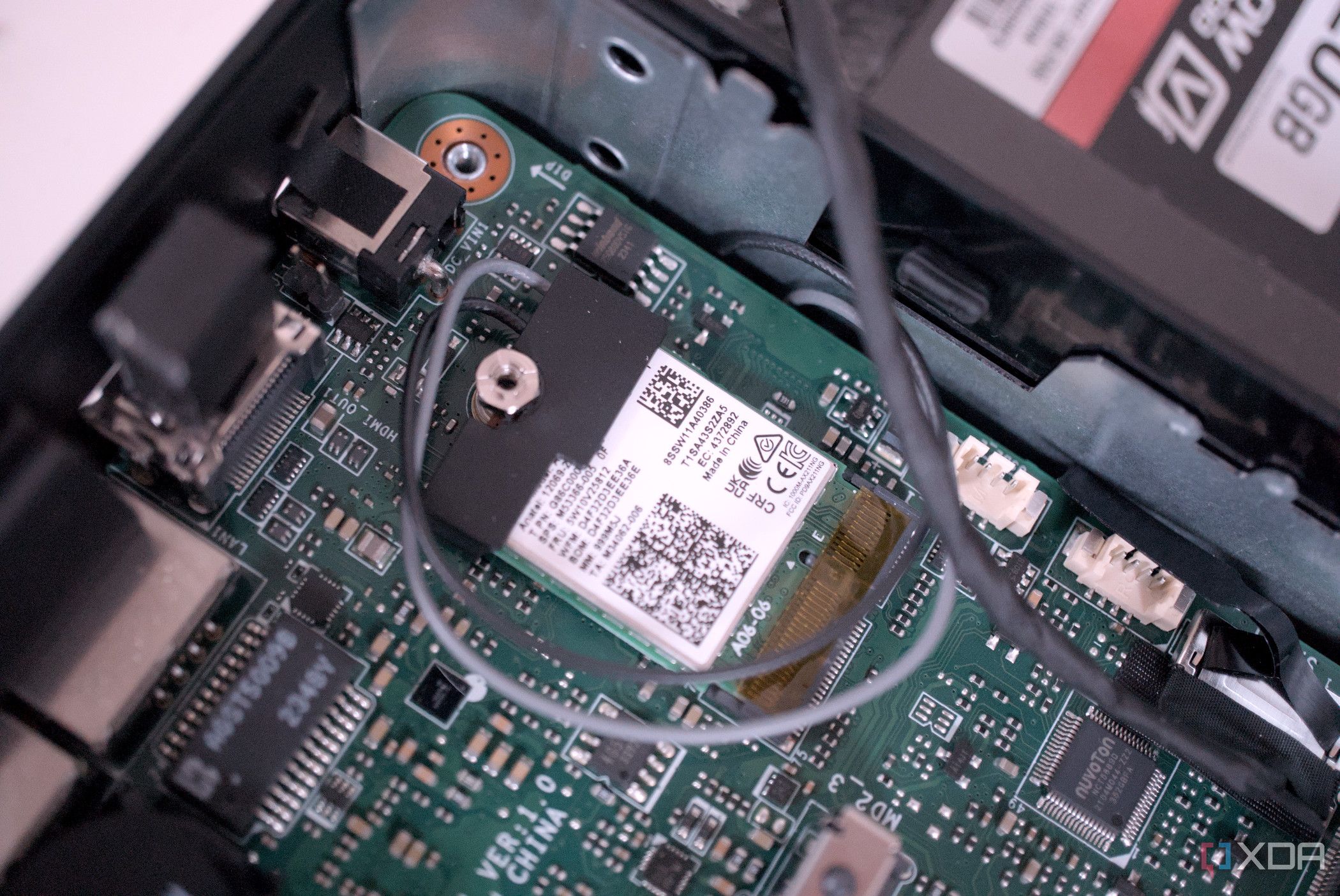
Related
5 things to consider before buying a Wi-Fi adapter for your PC
Okay, you want your computer to have wireless connectivity but which adapter do you need?
1
M.2 slots
I started using M.2 SSDs only in 2020
M.2 slots have been commonplace on motherboards for some time now, but the first time I made use of one was only in 2020. My older B350 motherboard had an M.2 slot, but I never bothered with it, opting for a SATA SSD a year after building my PC. The transition from an HDD to a SATA SSD was game-changing by itself, so I never thought I was missing out on anything.
The cost of M.2 NVMe SSDs at the time was a factor, but not a big one. I was already looking at a significant amount for a 250GB SATA SSD; adding some more to enjoy NVMe speeds would have made sense. Alas, I realized this way too late, spending more overall compared to what I would have by buying an NVMe drive in the first place.

Samsung 990 PRO SSD 2TB
$170 $250 Save
$80
Samsung’s 990 Pro is one of the fastest PCIe 4.0 M.2 drives you’ll be able to buy. It’s expensive, but with 2TB of capacity and speeds of up to 7,450MB/s, this is going to transform your PC into a monster.
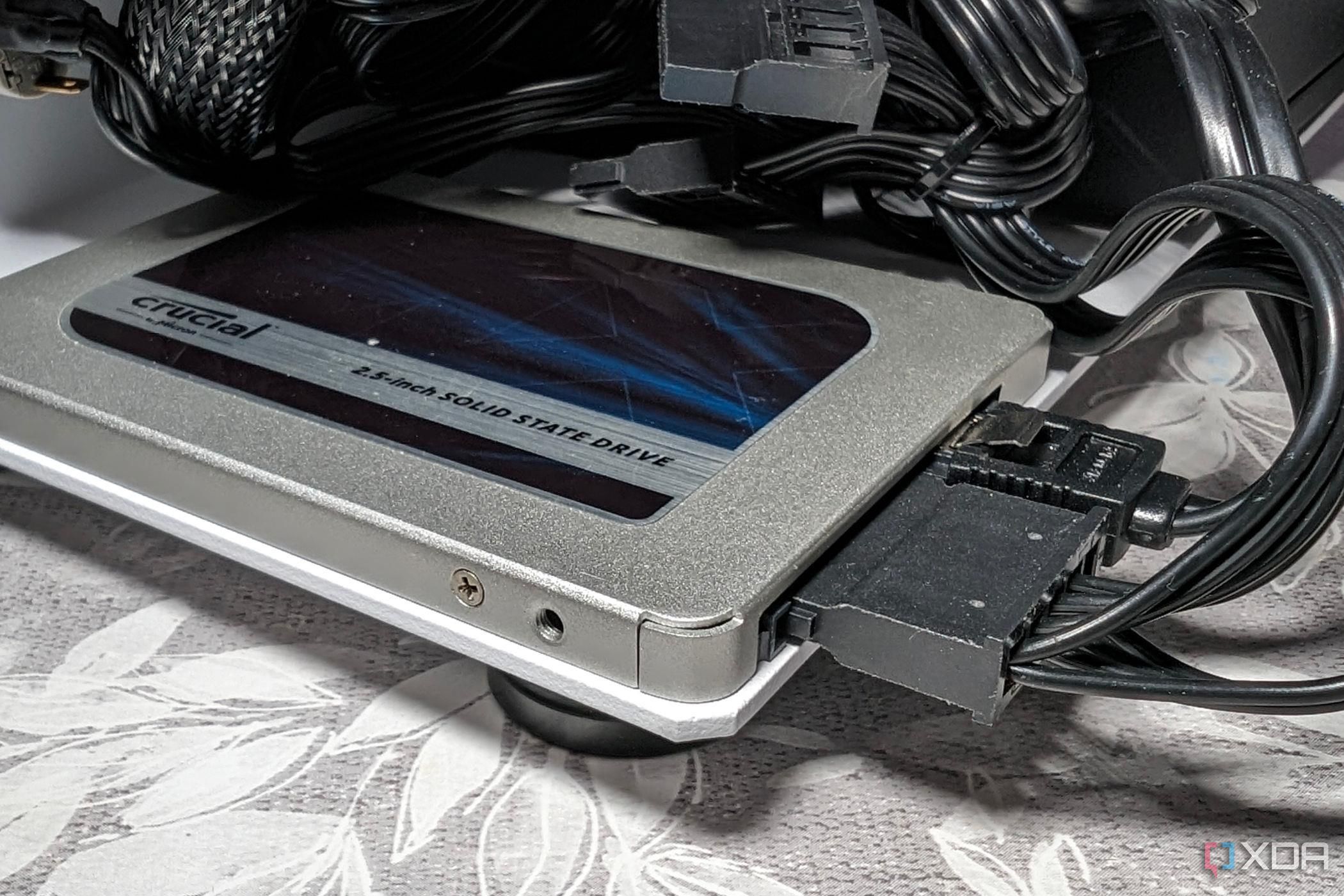
Related
5 reasons you don’t need to upgrade your SATA SSD yet
SATA SSDs feel outdated, but there are enough reasons an upgrade might not be worth it
I’m a laggard, but you don’t have to be
It won’t be wrong for me to call myself a PC Luddite, since I’m a laggard when it comes to adopting new features, Windows versions, or BIOS updates. I upgrade hardware only when it’s necessary, and the potential downsides of driver and BIOS updates scare me more than most people. However, missing out on motherboard features like BIOS flashback, onboard Wi-Fi, and M.2 slots for a long time are some of my topmost regrets. I eventually used each of these features, but long after they were commonplace.




